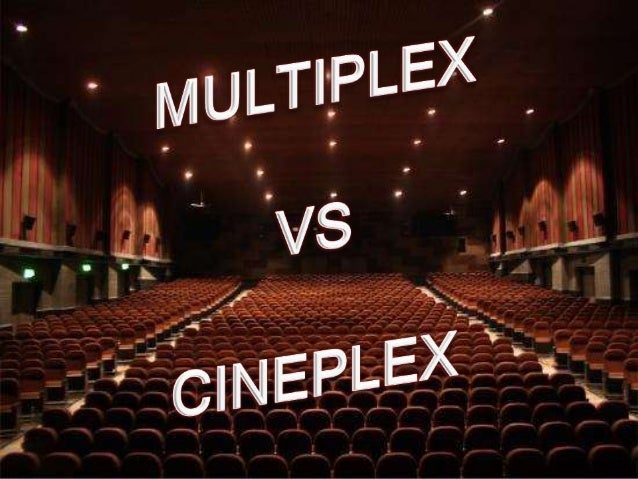No one in their wildest dreams would have ever thought that, a Hindi film would be made on the concept of sperm donation. Even if it was attempted, it would have been slotted as art house cinema. Vicky Donor was not only made, but it was appreciated by the audience. This blog is not about Vicky Donor, it is about what it symbolizes.When the movie making business started, films were based on mythology. Later, patriotism took over and there was a wave of movies dealing with wars and heroism of our soldiers. That was followed by a decade where everyone was angry, helpless and was waiting for an opportunity to lash out. Thus, the angry young man was born. The lost and found formula worked well for a while before it was replaced by the disco generation. Love stories took over and talented first timers were given a chance to portray the characters of heroes and heroines. Action movies punched out the family dramas and they became a trend.
Crazy comedies with absurd titles and dialogues gripped the attention of the masses after that. In between all the above movies, there were films, which were very strong in their content and intent. They were termed as art house films or parallel cinema. The advent of the new millennium resulted in a new dawn for Hindi films. The topics as well as their execution, was fresh. The foundation of the revolution that we are witnessing in 2013 was laid in the previous decade. Today, every kind of cinema exists and is being appreciated if it is good. Concept based films are being made and if we as audience want to watch such kind of movies then, we should watch them in theaters and tell the makers that good films will get them the profits.
Image Source:- www.rightcopywriter.com



